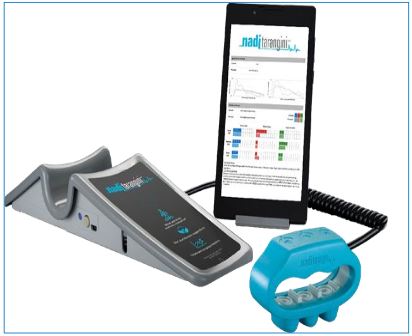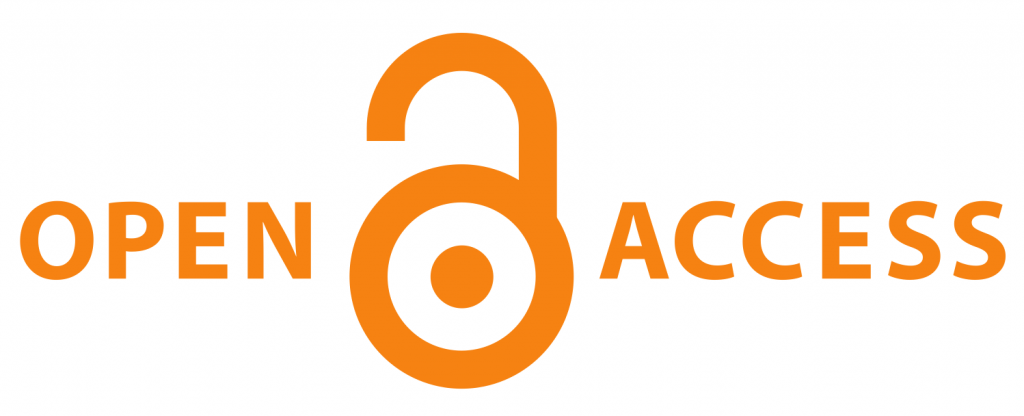Integration of Artificial Intelligence in Ayurveda Diagnostics
DOI:
https://doi.org/10.21760/jaims.9.11.30Keywords:
Prakriti Analyser, Nadi Tarangini, Tridosho Scanner, CureMetrixAbstract
Ayurveda, an ancient medicinal practice, has long been revered for its comprehensive approach to healthcare. The incorporation of Artificial Intelligence into the field of Ayurvedic diagnosis signifies an intriguing blend of age-old knowledge and advanced technology, with the potential to transform the way we engage with individualized healthcare. The capacity of Artificial Intelligence to analyse extensive data, identify patterns, and provide predictions corresponds effectively with the personalized methodology of Ayurveda towards healthcare. This review aims to investigate the ways in which AI is improving the diagnostic process in Ayurveda, for improving the accuracy and efficacy of the same. A thorough search of literature was carried out to find relevant studies and articles regarding the fusion of AI and Ayurveda. Data from various sources such as PubMed, Google Scholar, and relevant academic journals were gathered and examined to provide a thorough understanding of the subject matter. Utilizing advanced technologies such as the Prakriti Analyser, Nadi Tarangini, Tridosho Scanner, and CureMetrix can significantly improve the diagnostic methods in Ayurveda through the integration of Artificial Intelligence. AI is poised to significantly enhance Ayurveda by increasing the accuracy of diagnosis thereby customizing treatment plans to better meet the specific needs of individuals. This will ultimately make Ayurvedic practices more accessible and efficient.
Downloads
References
Singh J, Mishra S, Kumar N. Ayurveda with artificial intelligence: The 2.0 version. Int J Adv Acad Stud. 2020;2(2):164-6.
McCarthy J. What is artificial intelligence? John McCarthy; 1998.
Deng J, Dong W, Socher R, et al. Imagenet: a large-scale hierarchical image database. Proceedings of the 2009 IEEE Conference on Computer Vision and Pattern Recognition. 2009:248–55.
Quinn TP, Senadeera M, Jacobs S, Coghlan S, Le V. Trust and medical AI: the challenges we face and the expertise needed to overcome them. J Am Med Inform Assoc. 2021;28:890-4.
Simplilearn. Types of artificial intelligence. Available from: https://www.simplilearn.com/tutorials/artificial-intelligence-tutorial/types-of-artificial-intelligence.
Acharya JT, editor. Agnivesa, Charak Samhita (Ayurved Dipika commentary by Chakrapani Data). Varanasi: Chaukhamba Surbharti Prakashan; 2005. p. 247.
Acharya JT, editor. Agnivesa, Charak Samhita (Ayurved Dipika commentary by Chakrapani Data). Varanasi: Chaukhamba Surbharti Prakashan; 2005. p. 276.
Anant Ram S, editor. Susruta Samhita. Varanasi: Chaukhamba Surbharti Prakashan; 2012. p. 269.
Gadre G. Classification of humans into Ayurvedic Prakruti types using computer vision [Master's thesis]. 2019. Available from: https://scholarworks.sjsu.edu/etd_projects/710.
Madaan V, Goyal A. Predicting Ayurveda based constituent balancing in human body using machine learning methods. IEEE Access. 2020;8:65060-70. doi: 10.1109/Access.2020.2985717.
Naditarangini. Available from: https://www.naditarangini.com.
Bajpai DB. Status quantification of Ayurveda fundamentals in human body by newly invented "Ayurveda Tridosho Scanner" diagnosis machine technology with artificial intelligence for acquiring data. Int Res J Eng Technol (IRJET). 2024;11(6):e-ISSN: 2395-0056.
Curemetrix. New research confirms impact of Curemetrix AI. Available from: https://blog.curemetrix.com/new-research-confirms-impact-of-curemetrix-ai.















